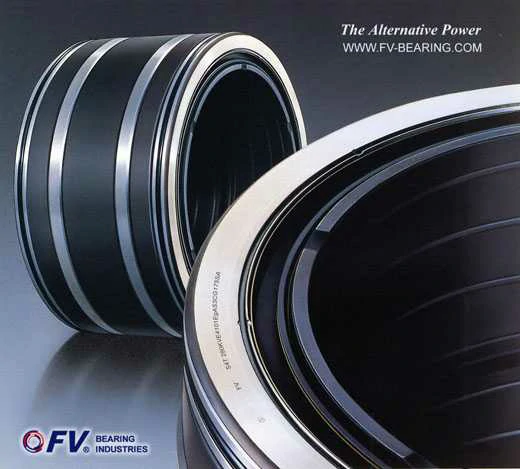Introduction to Ball Bearings
In the world of machinery and engineering, ball bearings play a crucial role in enabling smooth and efficient operation. These small spheres, usually made of metal, are designed to reduce friction between moving parts, allowing for the smooth rotation of shafts and other components. Understanding the basics of ball bearings is essential for anyone involved in manufacturing, maintenance, or repair of mechanical equipment.
Structure and Function
Ball bearings consist of four main parts: the inner race, the outer race, the rolling elements (balls), and the cage. The inner race is the ring that is attached to the rotating shaft, while the outer race is fixed in place. The rolling elements, typically steel balls, are positioned between the inner and outer races, and the cage holds the balls in place while allowing them to rotate freely. This design reduces friction and ensures the smooth transfer of loads in various applications.
Types of Ball Bearings
There are several types of ball bearings, each designed for specific applications and load requirements. Deep groove ball bearings are the most common type and are used in a wide range of applications, from household appliances to industrial machinery. Angular contact ball bearings are designed to support combined radial and axial loads, making them suitable for high-speed and precision applications. Other types include thrust ball bearings, self-aligning ball bearings, and miniature ball bearings, each with unique design features to meet specific operational needs.
Benefits and Advantages
The use of ball bearings offers numerous benefits, including reduced friction, increased efficiency, and extended equipment life. By minimizing friction, ball bearings contribute to energy savings and lower operating temperatures, resulting in improved performance and reduced wear on machinery. Their ability to support both radial and axial loads makes them versatile and highly valuable in a wide range of applications across different industries.
Installation and Maintenance
Proper installation and maintenance are crucial for ensuring the optimal performance and longevity of ball bearings. During installation, it is essential to apply the correct amount of lubrication and ensure proper alignment to prevent premature wear and failure. Regular inspection and re-lubrication, as well as monitoring for any signs of abnormal noise or vibration, are essential for maintaining the smooth operation of ball bearings over time.
Applications in Various Industries
Ball bearings find extensive use in a diverse array of industries, including automotive, aerospace, construction, and manufacturing. In the automotive sector, they are vital components in engines, transmissions, wheels, and various vehicle systems. In aerospace applications, ball bearings are used in critical aircraft components, where precision and reliability are paramount. In the construction industry, they are employed in heavy machinery and equipment to support heavy loads and ensure smooth operation. Moreover, in manufacturing, ball bearings are integral to the operation of machinery used in production processes across different sectors.
Challenges and Innovations
While ball bearings offer numerous advantages, they also face challenges such as contamination, heat, and extreme operating conditions. Consequently, ongoing research and development efforts continually seek to address these challenges through innovations in materials, lubrication, sealing, and design. Ceramic ball bearings, for example, have gained prominence due to their superior resistance to heat and corrosion, making them suitable for high-speed and high-temperature applications.
Ball bearings are indispensable components in the world of machinery and engineering, providing smooth and efficient operation across a wide range of applications. Understanding their structure, function, types, benefits, and maintenance requirements is essential for maximizing their performance and ensuring the reliability of equipment. With ongoing advancements and innovations, ball bearings continue to evolve, meeting the demands of increasingly complex and demanding industrial environments.
In conclusion, the comprehensive understanding of ball bearings is essential for anyone involved in the design, manufacturing, and maintenance of mechanical systems, ensuring the smooth and reliable functioning of machinery across various industries.
.webp)
